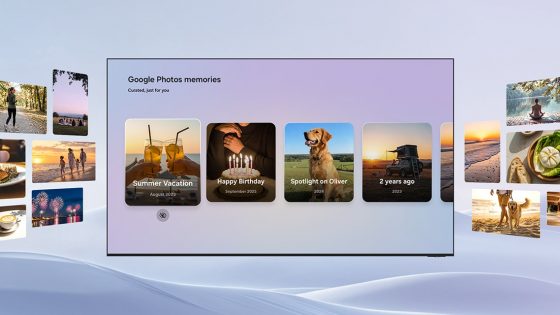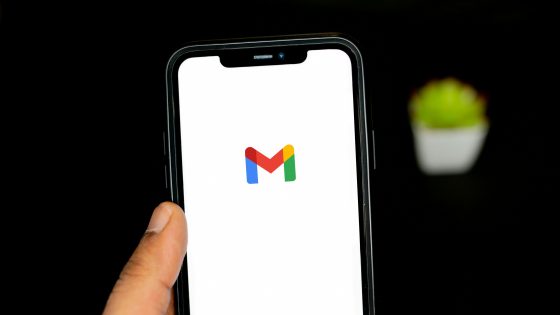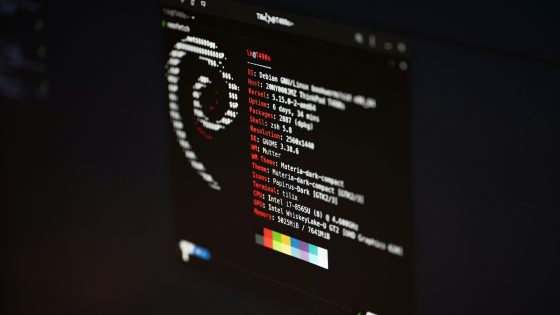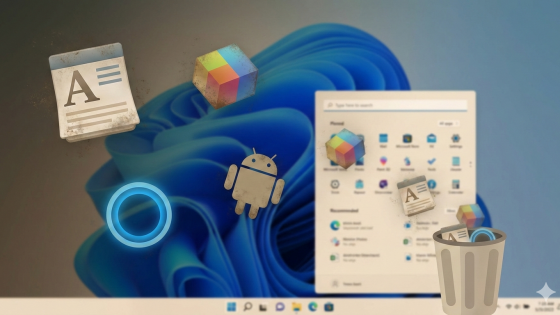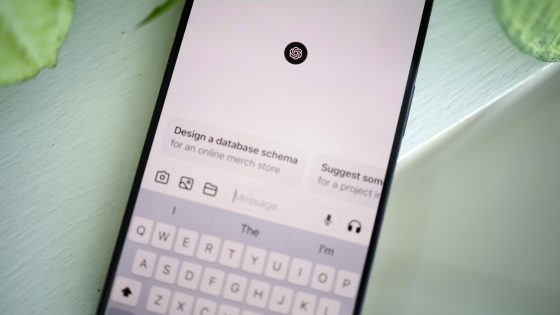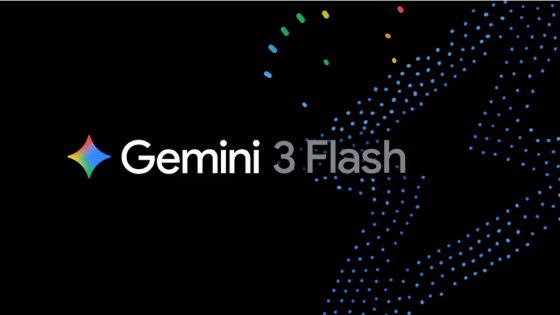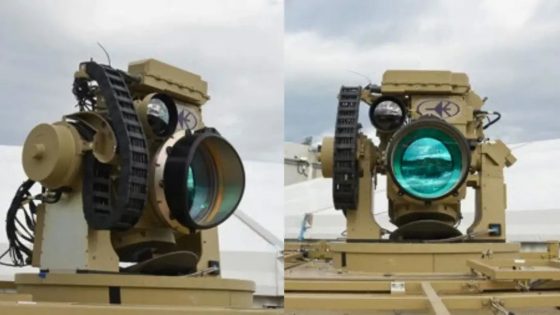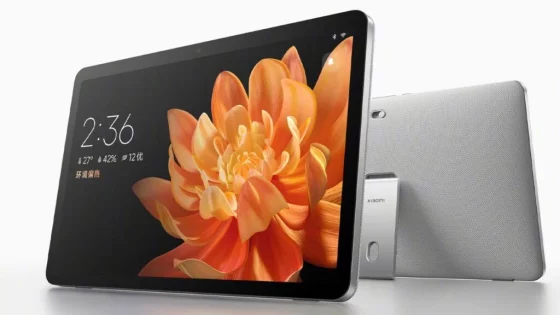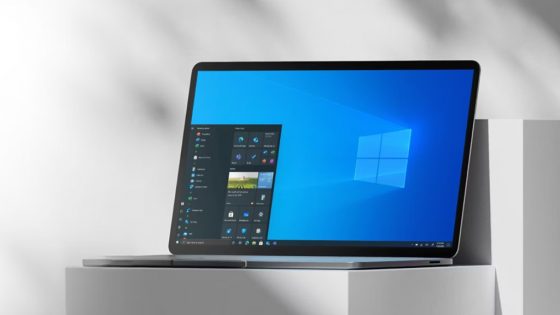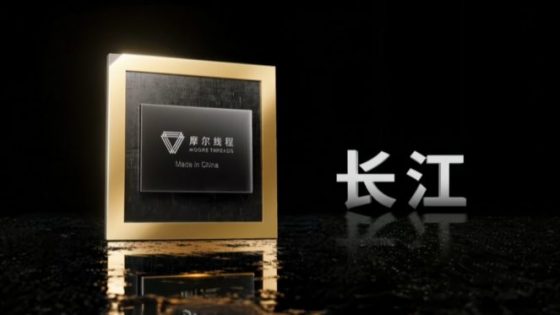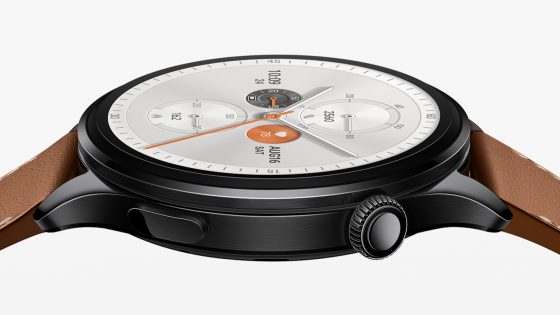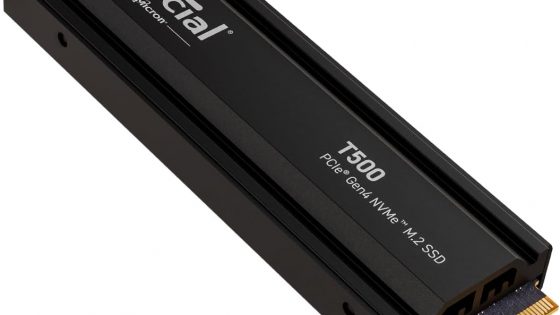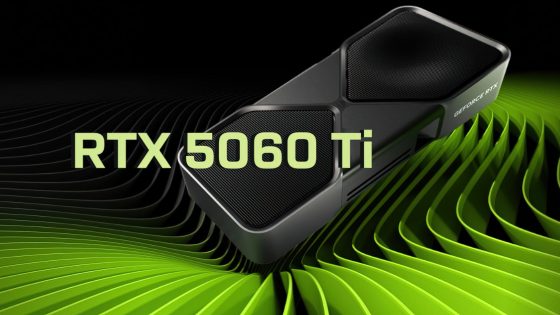Hisense 65U7Q PRO review – Mini LED performance for movie and game lovers
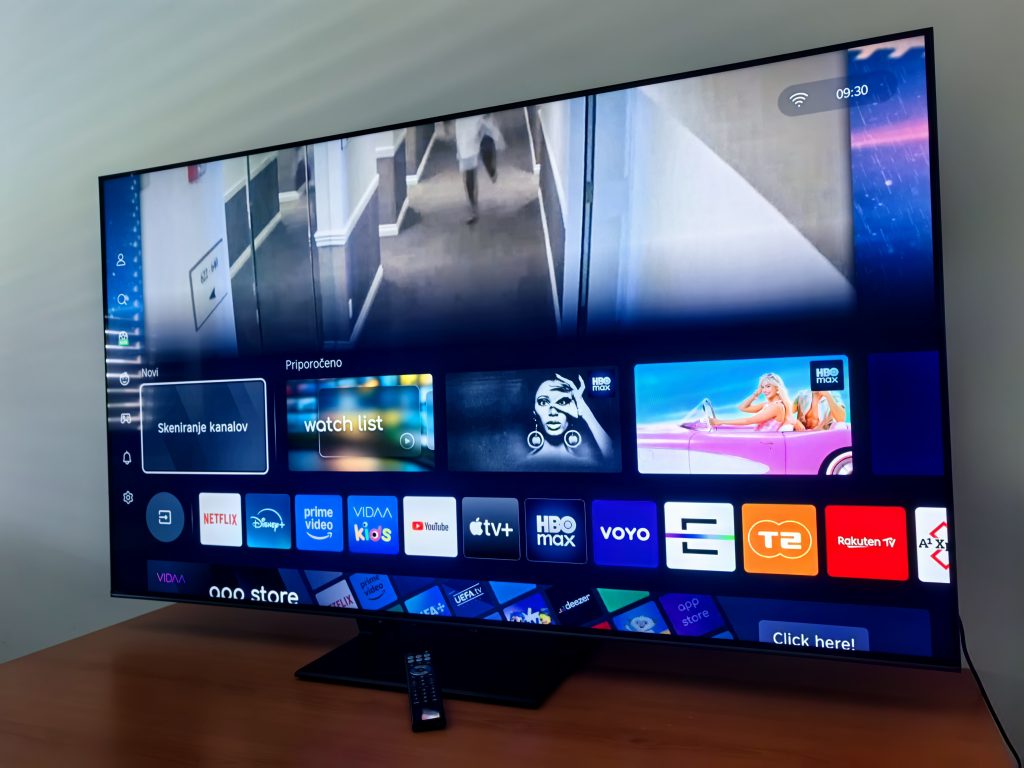
A home theater in the living room, intense gameplay of the latest video games on the big screen, or relaxed browsing of popular series in daylight, all of this is what I expect and demand from today's televisions.
So far, Hisense TVs, especially the Mini LED models, have proven to be very versatile and also relatively budget-friendly, at least compared to OLED TVs. When I got the new Hisense 65U7Q PRO to test, I had the same expectations, if not a little higher.
It is a 65-inch (164 cm) 4K ULED TV of the latest generation (model year 2025), which promises a superb picture with Mini LED backlight technology, support for all advanced HDR formats and exceptional gaming performance. Can it meet the expectations of film buffs? What about gamers?
Hisense 65U7Q PRO price and specifications
- Hisense 65U7Q PRO: 1049 €
| Screen diagonal | 65 inches (164 cm) |
| Frequency and luminosity | Up to 165 Hz and 2000 candelas (thread) |
| TV type | LED Smart TV |
| Resolution | 4K (3840x2160) |
| Display technology | QLED, Mini LED |
| Operating system | VIDAA |
| HDR | Yes |
| The rest | Dolby Atmos, Dolby Vision IQ, Wi-Fi 6E |
| Weight | 20.4 kg |
| Sound | 2.1.2 configuration |
Hisense 65U7Q PRO isn't the thinnest, but for a reason
At first glance, the Hisense 65U7Q PRO looks elegant and modern. The screen is surrounded by a minimalist thin frame that is practically invisible when watching. The TV stands on two metal-black legs, placed more towards the center, which allows it to be placed on narrower tables. The legs are stable and include channels for tidy cable management, which contributes to the neat appearance of the device. The casing is black, and the back is relatively flat and uniform, without protrusions, which gives a modern, minimalist impression.
If you look at it from the side, you will notice a slightly thicker profile, which is a result of the advanced Mini LED backlighting built in. Compared to ultra-thin OLED displays, the U7Q PRO is a bit more "chubby", but this is an expected result of the hundreds of built-in backlight diodes.
The build quality is at a high level. The combination of metal and high-quality plastic gives a feeling of robustness. Understandably, a remote control is also included, which now has the somewhat expected addition of charging with sunlight. This eliminates the need to constantly change batteries, which is a practical and environmentally friendly solution. The remote fits nicely in the hand, the buttons are arranged logically, and hotkeys for the most popular applications such as Netflix, YouTube, Disney+ and others are also included.
In terms of connections, the TV is equipped with all the weapons. On the back we find 4 HDMI 2.1 input ports, one of which also supports eARC for connecting to an external audio system. All HDMI inputs are full bandwidth and allow you to display images in 4K resolution at a refresh rate of up to 165 Hz. Of course, you also need a computer (or console) that will be able to run games at this resolution and speed. Console owners will have to wait for the next generation, because the PS5 Pro "only" supports up to 120 Hz, as do the Xbox X and S.
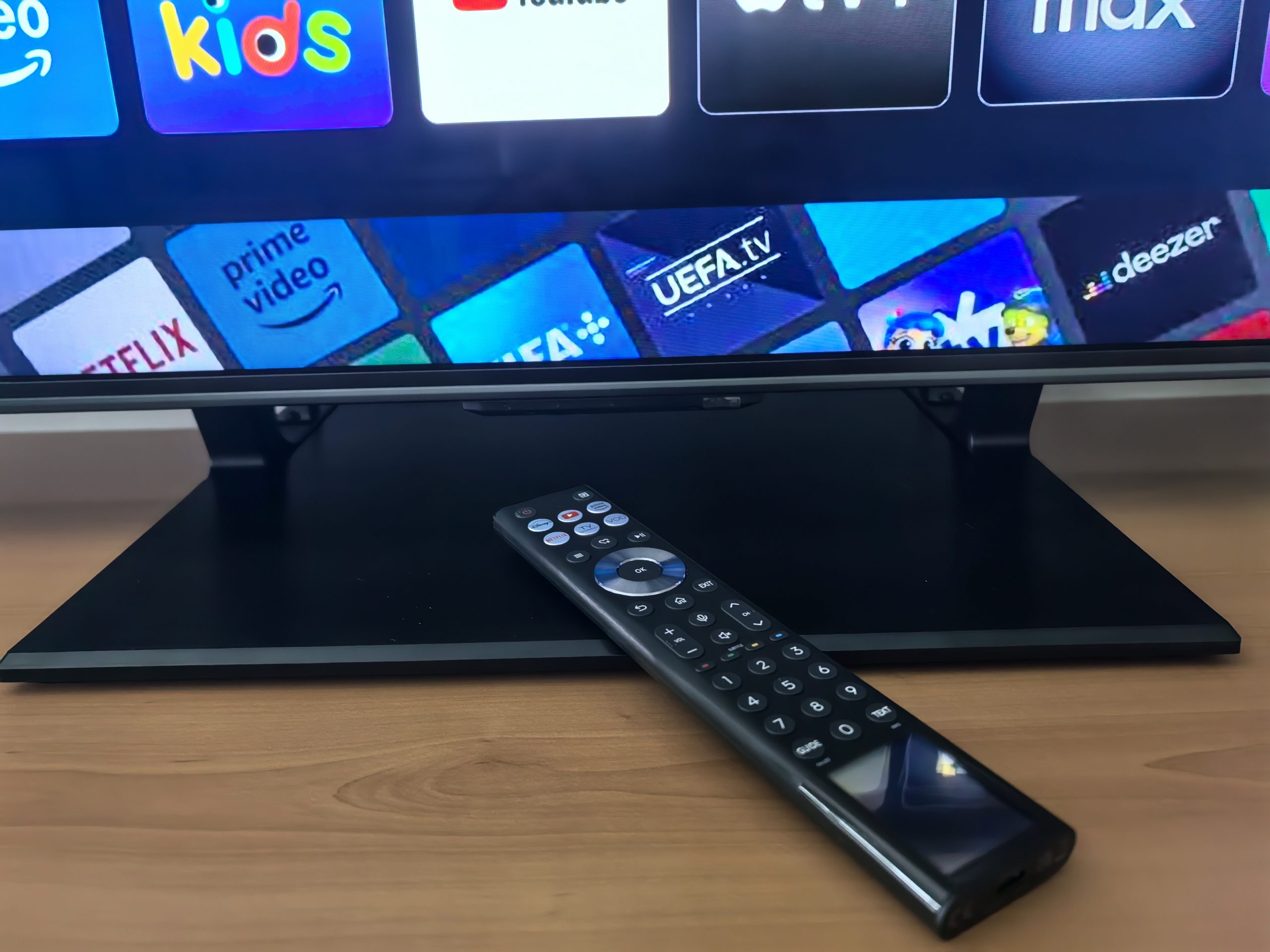
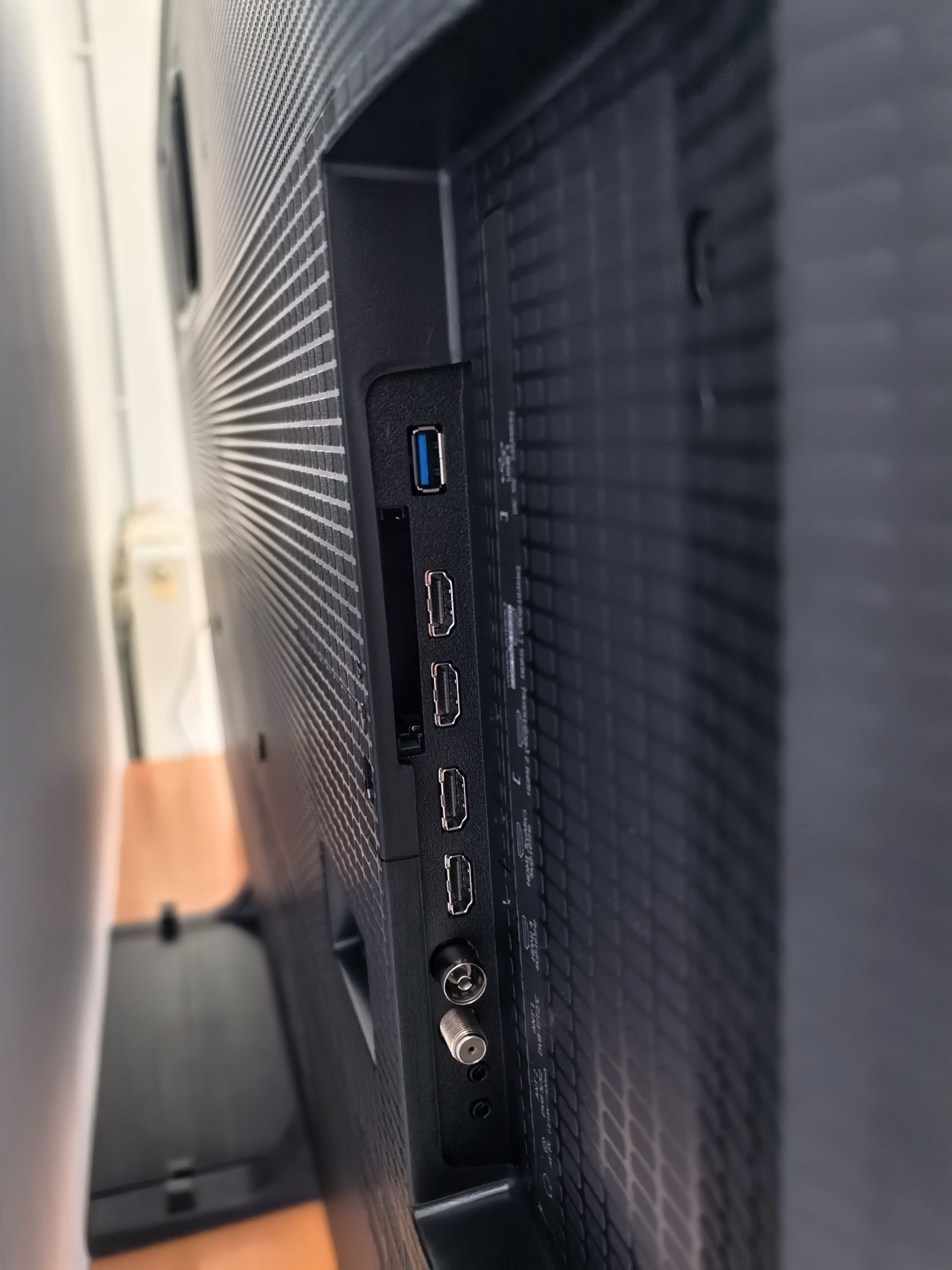
In addition to HDMI, there are two USB ports for connecting media, an optical audio output, an Ethernet network port, an antenna/cable and satellite input, and even an analog AV input (3.5 mm jack) for older devices. There is also Wi-Fi 6E and Bluetooth wireless connectivity, allowing for fast content streaming and connecting to wireless speakers, headphones, or game controllers.
AirPlay 2 support has been added for Apple device users, and the TV also supports smart home integration via Google Home, Amazon Alexa, and Apple HomeKit, if you use smart home solutions.
Mini LED is always impressive, especially at this brightness
The main trump card of this TV is its display with Quantum Dot ULED panel and Pro Mini LED backlight. The 65U7Q PRO uses a VA-type LCD panel with an ultra-thin layer of quantum dots, which expands the color gamut and increases color saturation. At the same time, the advanced Mini LED backlight brings hundreds of tiny LEDs for backlighting, divided into hundreds of local dimming zones.
For a 65-inch model, this means around 560 independent zones that can adjust the brightness of individual parts of the picture. How will you notice this? Dark scenes can achieve almost perfect black (not yet at the level of OLED), while bright parts shine with extraordinary power, without the dark scenes suffering.
This TV achieves very high brightness. The standard (SDR) picture is bright by itself (around 500 candelas), but with HDR content the screen really shines, reaching up to 2000 candelas (nits), making the TV one of the brightest in its class.
Such high brightness means that HDR effects like sun reflections, fireworks or bright explosions look truly spectacular. It's even more important to be at the right viewing distance to avoid "blinding".
At the same time, it is important that the TV also has good average brightness and black levels, as HDR plays a role not only in those spectacular scenes, but also in displaying details in the shadows. The Hisense 65U7Q PRO performs relatively well in this case, slightly above average. It retains a lot of detail in the shadows in dark scenes, although in pure black shades it is still a bit behind the most expensive OLED models, which are famous for their perfect blacks and subtlety in dark tones.
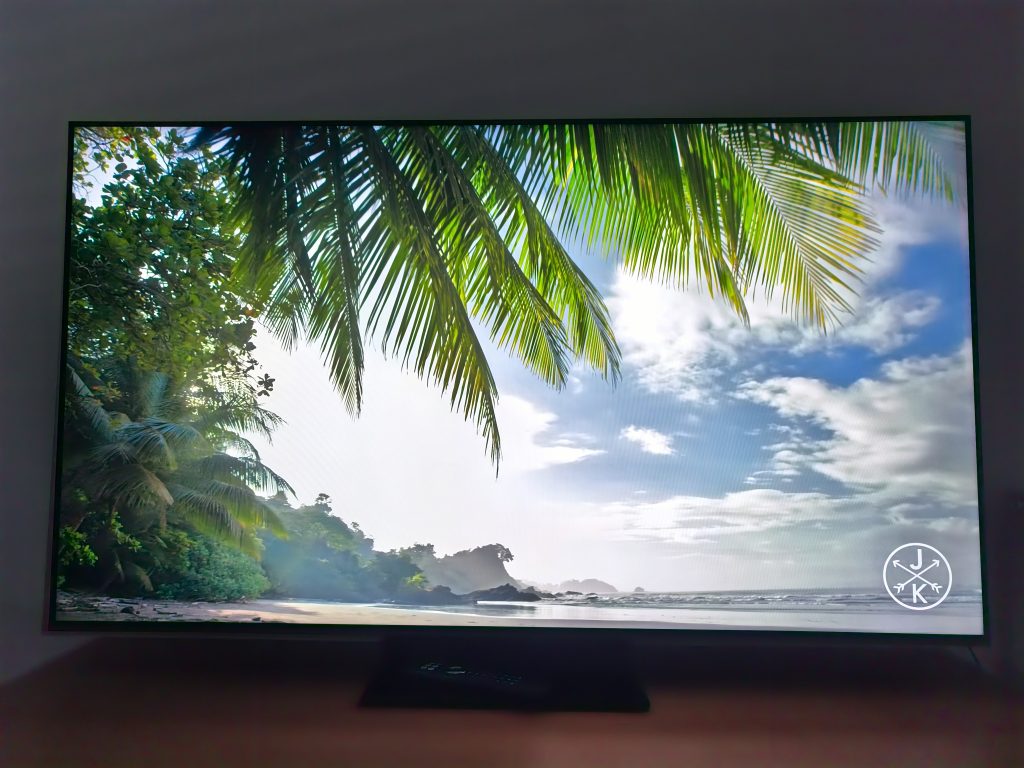
Still, the blacks are excellent for the average user. It's important that a layperson doesn't notice the gray where black should be.
The color reproduction is vibrant and rich. Quantum dots enable a wide color spectrum. The DCI-P3 color space coverage is around 90 %, which means that the TV displays most of the color shades used in movies and series in cinema quality. When playing Dolby Vision content, for example, the colors of various costumes or landscapes are noticeably intense and varied, from the most vibrant reds and purples to naturally rendered skin tones.
The transitions between tones are also smooth, with no banding in the color gradients. Quantum dot technology combined with Mini LED backlighting ensures a combination of deep contrast and rich colors that come to the fore in both dark and bright scenes.
The TV supports practically all modern HDR formats. In addition to the standard HDR10, there are also dynamic Dolby Vision IQ and HDR10+ Adaptive, which adjust the picture depending on the scene and the light in the room, and HLG is also available.
Dolby Vision IQ and HDR10+ Adaptive use sensors in the TV to optimize contrast and color based on room lighting.
The anti-reflective coating on the screen is also worth mentioning. The panel has a semi-matte coating that effectively disperses reflections. In daylight or with lights on, the TV performs well. Reflections are minimal and the image remains readable, although the best competitors with matte screens do this even better.
However, the Hisense 65U7Q PRO is not limited to dark rooms. Its main weapon is its high brightness, which makes it possible to even consider placing it next to a window. I wouldn't recommend it, but if you have no choice, the Hisense 65U7Q PRO will cope very well with the sun.
Cinema experience in the living room
For movie and series fans, this TV has several picture modes, the most notable of which is Filmmaker Mode. This mode turns off unnecessary image processing (such as motion smoothing, color saturation or sharpening) and ensures a display that is as close as possible to the director's vision. In this mode, colors are neutral, contrast is natural and motion is displayed with true cinematic frequency.
We enjoyed the cinematic feel when testing movies in this mode. You get a close-up of the feeling you get in a movie theater from the comfort of your couch. Even if you prefer a bit more liveliness, there are also more vibrant preset profiles (Dynamic or Standard), but for a serious cinematic atmosphere, Filmmaker Mode does a great job.
Thanks to the excellent contrast and colors, watching movies in a dark room is a real pleasure. Dark scenes, such as night scenes or outer space, are displayed with great depth - black is truly black, and stars or bright spots stand out. In fast action sequences and panoramic nature shots, the 65U7Q PRO maintains sharpness and smooth motion. The built-in Hi-View AI Engine PRO uses artificial intelligence to analyze the image on the fly and improve its aspects. This processor recognizes different scenes (faces, landscapes, fast movement) and adjusts the picture settings accordingly, from colors to sharpness and noise reduction.
It performed well when playing lower resolution content (such as 1080p). Upscaling to 4K works without major artifacts. The image remains sharp, without excessive "artificial" appearance or jagged edges. This means that even older movies or TV shows in lower resolution will look good on this 65-inch 4K screen.
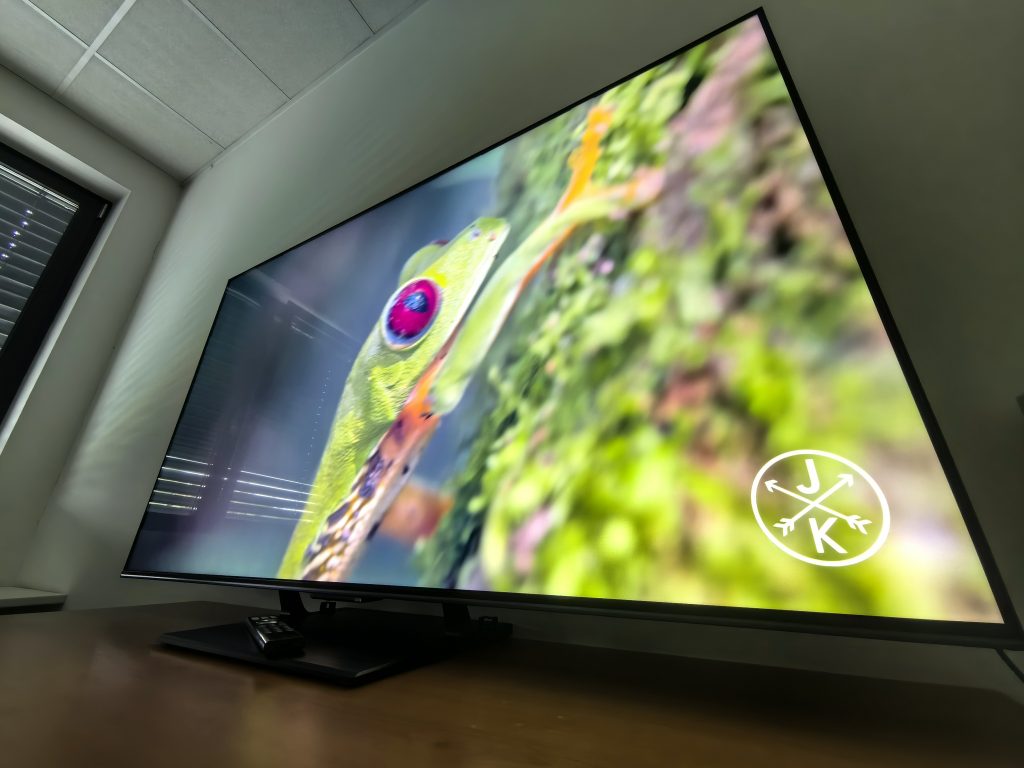
Is this a good TV for gaming?
Hisense 65U7Q PRO boasts the Game Mode Pro label, and it's not just a marketing ploy. For gamers, it offers practically everything they could want from a modern TV. The first thing that catches your eye is the extremely high frequency of 165 Hz. Combined with a variable refresh rate (VRR) ranging from 48 Hz to 165 Hz, the TV provides an extremely smooth picture in fast-action games, without tearing or lag. This far exceeds the usual 120 Hz offered by other 4K TVs. However, you won't necessarily notice the difference between 120 and 165 Hz unless you have really sharp eyes.
All HDMI inputs are capable of transmitting these high frequencies and support technologies such as ALLM (Auto Low Latency) and AMD FreeSync Premium Pro. FreeSync ensures frequency coordination between the graphics card and the display, eliminating image tearing, and ALLM automatically switches the TV to the lowest input lag mode when it detects game content, which will be important if you mainly play shooters and other competitive games.
Of course, raw frame rate doesn't mean much if the input lag is too high. Fortunately, Hisense is on par with specialized gaming monitors here. In game mode, you can expect a latency of around 7ms (milliseconds) on a 4K 120Hz signal, which is a nice number for a TV. At 60Hz, the latency is a bit higher, but still low enough that the average gamer won't notice a delay between pressing a button and the action on the screen.
To enhance the experience, there is also the Game Bar – a special on-screen display that can be displayed with a hotkey and offers a quick overview of key gaming settings. We can see the current frame rate (FPS), VRR status, picture mode, input lag, etc., and quickly access settings such as game picture mode, VRR on or off, motion blur reduction, and the like.
Our gaming test on the 65U7Q PRO left us impressed. Fast-paced action (tested with the shooter Apex Legends on PC) was extremely smooth. Even graphically demanding games with stunning HDR graphics (Forza Horizon and Cyberpunk 2077) come to the fore. Colors are lush, contrast gives depth to night scenes, and fast response allows for precise aiming and driving.
I still have to get used to the VIDAA system.
Not because there's anything inherently wrong with it. You get used to any operating system over time and there aren't huge differences between them. What bothers me is the fact that I can't find certain apps in the store and can't download them in other ways. For 99 % users, this won't be a problem because they're niche apps (Moonlight, Stremio...), but it still bothers me.
VIDAA (U9) may not be as widespread as Android, but it's making good progress. The interface is fast and responsive. The TV boots up in seconds, and switching between apps and menus is fluid. Hisense has made the menu design content-oriented, meaning the home screen displays recommendations and suggestions from various sources (similar to Android) instead of a blank menu. This makes it easier to start watching, as content is just a few clicks away. Navigation is intuitive, and most important settings and apps are within a few swipes.
The classic range of streaming apps is available: Netflix, YouTube, Amazon Prime Video, Disney+, HBO Max and many other global services are covered. Some local apps are also available via the VIDAA app store.
Hisense has also built voice control into this model. The remote has a built-in microphone for voice commands, and the TV also supports hands-free voice control, which means you can use a specific command phrase to activate the voice assistant without pressing any buttons. This is handy when you want to quickly find content (say “find [movie name]” or “open YouTube”) or control the TV.
As a 2025 model, VIDAA is also equipped with some advanced, future-oriented features. One of these is support for the Matter standard. This allows the TV to easily connect to other smart devices in the household (lights, thermostats, etc.) regardless of brand, as Matter is becoming a unified communication protocol for IoT devices.
Overall, the user experience with Vidaa OS was positive, aside from my app woes. The system is stable, fast, and content-focused. For football fans, Hisense even includes a dedicated FIFA app (due to sponsorship) that brings additional sports content, but that's more of an interesting feature than a key benefit.
The interface also allows for an Audio Only mode, where the screen turns off and the TV only plays audio. This is useful if you want to use the TV as a music player (Spotify or YouTube Music) and don't want to keep the screen on.
Hisense promises up to 8 years of updates for its system. Of course, if the VIDAA environment doesn't suit you, you always have the option of connecting an external player (Chromecast, Apple TV, Android TV box, etc.) to one of the HDMI inputs and using an alternative platform.
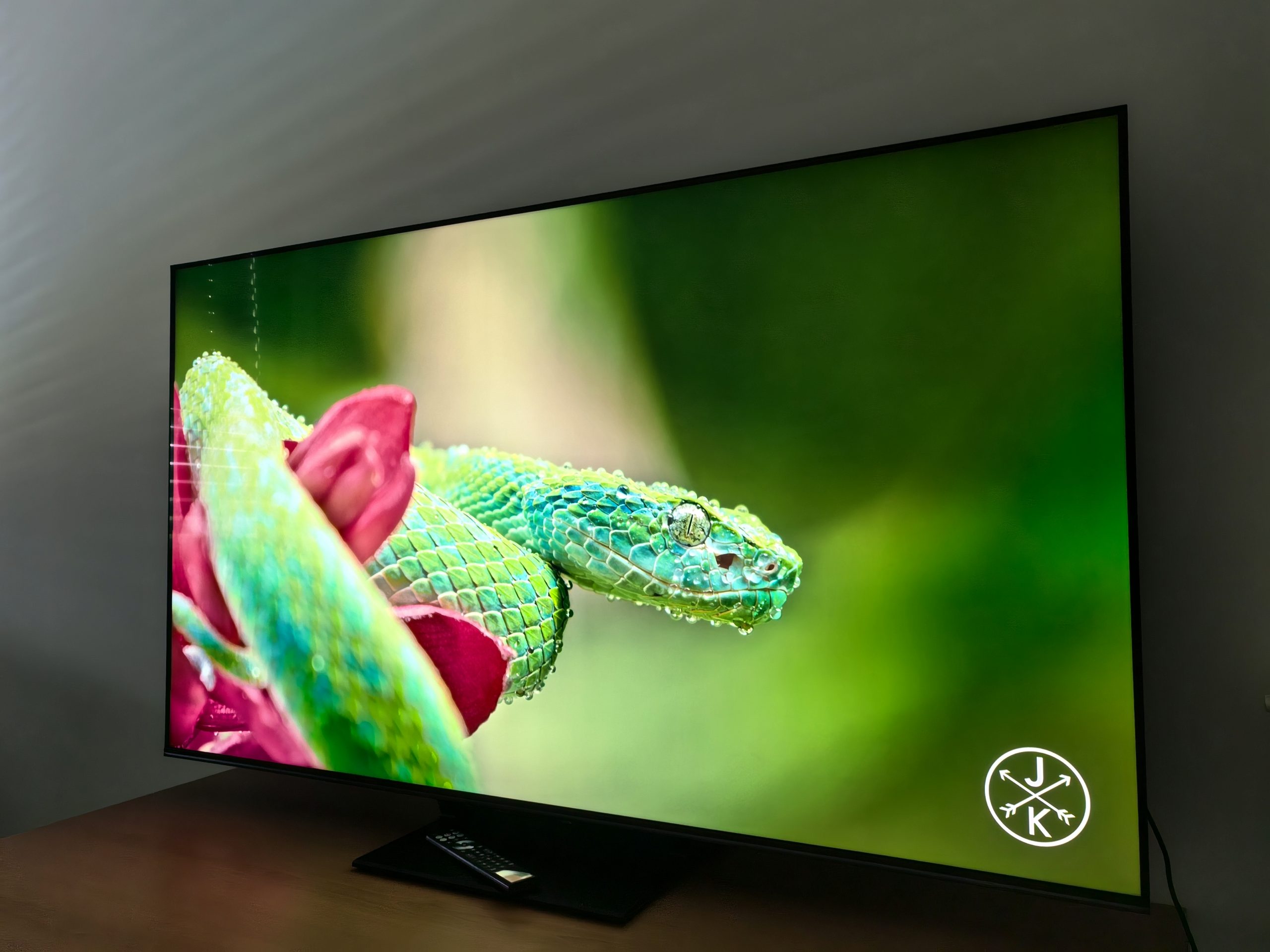
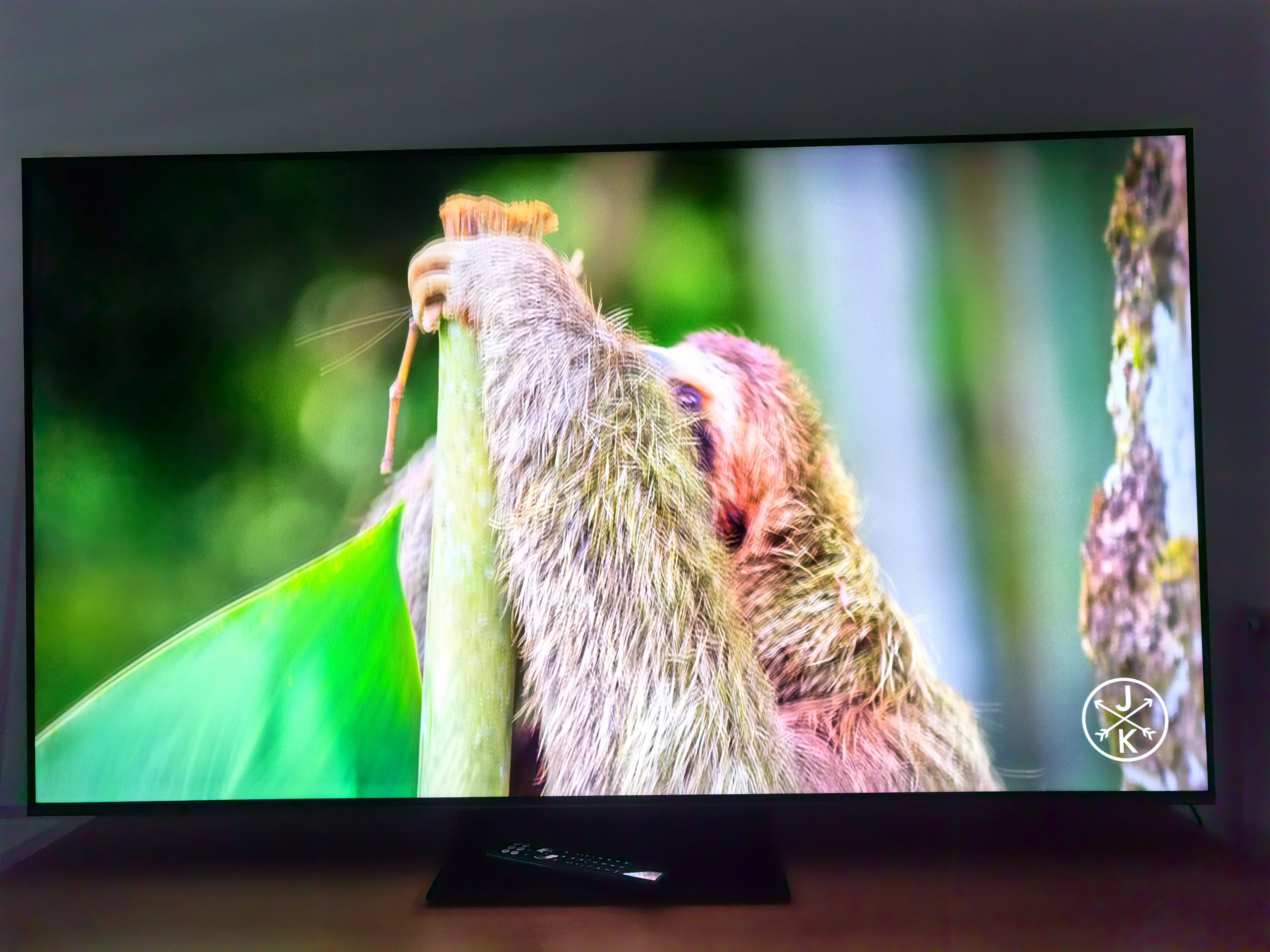
The sound is good, but lacks sharpness in the low tones
In terms of sound, the Hisense 65U7Q PRO is a pleasant surprise. They managed to fit a multi-channel system with a 2.1.2 configuration into the case. This means two front speakers (left/right), one subwoofer and two additional upward-facing speakers to simulate height effects. The total output power of this system is 2×10 W for the front + 20 W for the subwoofer + 2×5 W for the upper channels.
These numbers on paper translate into sound that is above average for built-in TV speakers. While watching movies, we noticed that dialogue was clear and distinct. Voices were understandable even over louder background music or sound effects. In action scenes, where explosions and special effects are heard, the TV creates an enviable width of the soundstage, mainly thanks to the side and upward-firing speakers.
The Dolby Atmos format is supported, which the TV can also play independently with built-in speakers. Of course, for the real Atmos effect, you would need ceiling speakers or a soundbar with upward-firing speakers, but in movies we still got the impression of certain sound effects above and around us. For the average user, the quality of the built-in sound could therefore be quite satisfactory for everyday viewing of movies and shows.
Despite the praise, there are also limitations to mention. While the subwoofer in the back of the TV is not lacking in power and we can feel the bass when it is present in the recording, at very high volumes there is a slight phenomenon of cabinet vibration. This means that you may be able to hear a humming sound during such moments (loud explosions, deep bass in the soundtrack, etc.).
In practice, most people probably won't use such extreme volume levels often, but loud cinema fans may want to add external speakers or a soundbar for a cleaner bass spectrum.
At normal volumes, the sound of this Hisense is really pleasant. It can also serve better than average for music.
Did the Hisense 65U7Q PRO convince me?
Yes, it's extremely versatile, powerful, and ticks all the boxes on my list of priorities: good picture and sound, the ability to play with the same experience as on a good monitor, accessibility to most applications, and an affordable price.
So if you need a new 65-inch TV that won't let you down day or night, in a movie or game, this model is definitely worth serious consideration.



